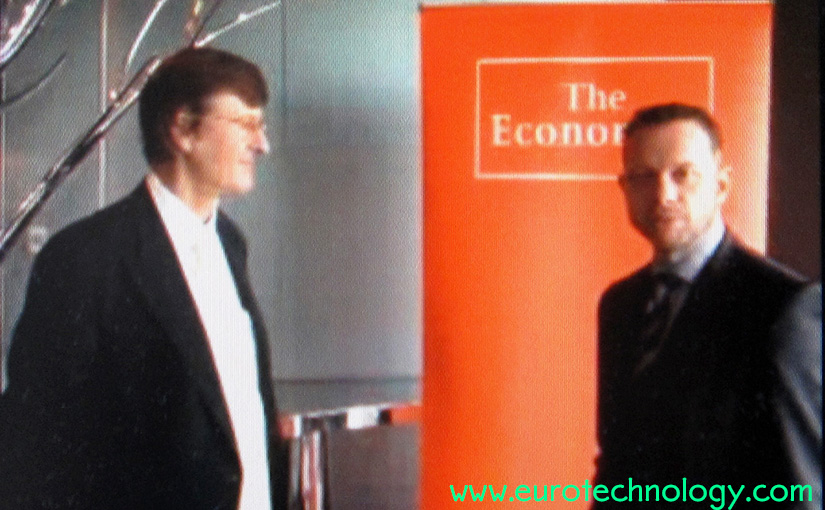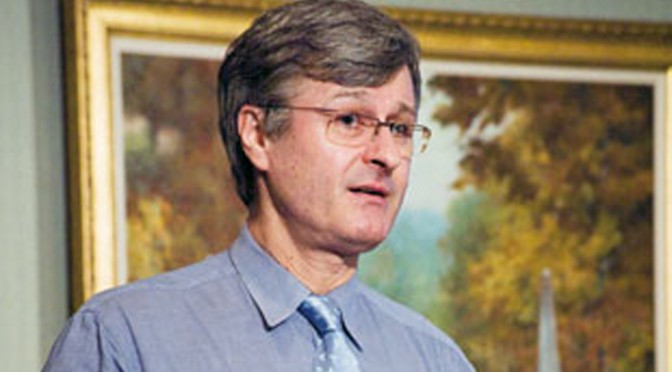Tag: featured
-

Japan new energy policy creates opportunities for renewables, smart grid and more – interview by The Economist
Japan energy policy: interview for The Economist on YouTube by Gerhard Fasol Japan energy policy – interview outline: Japan energy policy Question: Is the new energy policy of Japan’s Government an appropriate response to the situation or a missed opportunity Answer summary:The Government in its new strategy summarizes Japan’s energy situation and proposes a cocktail…
-

Japan Galapagos effect
Japan Galapagos effect: Dr. Gerhard Fasol dissects the history behind Japan’s unique international market separation By Hugh Ashton Originally posted by ACCJ Journal on January 15, 2011 in “Chamber Events”based on a talk given by Dr. Gerhard Fasol to the Members of the American Chamber of Commerce (ACCJ) on July 12, 2010, at the Westin…
-

Japan energy – myths versus reality. Japan’s energy situation from the view point of physics
Japan energy – myths versus reality. A lecture for the Stockholm School of Economics presented at the Embassy of Sweden Japan energy – myths versus reality – outline of the lecture: Energy and DNA Energy and Physics, why you need to understand physics to understand energy Ludwig Boltzmann’s tools and laws to work with energy…